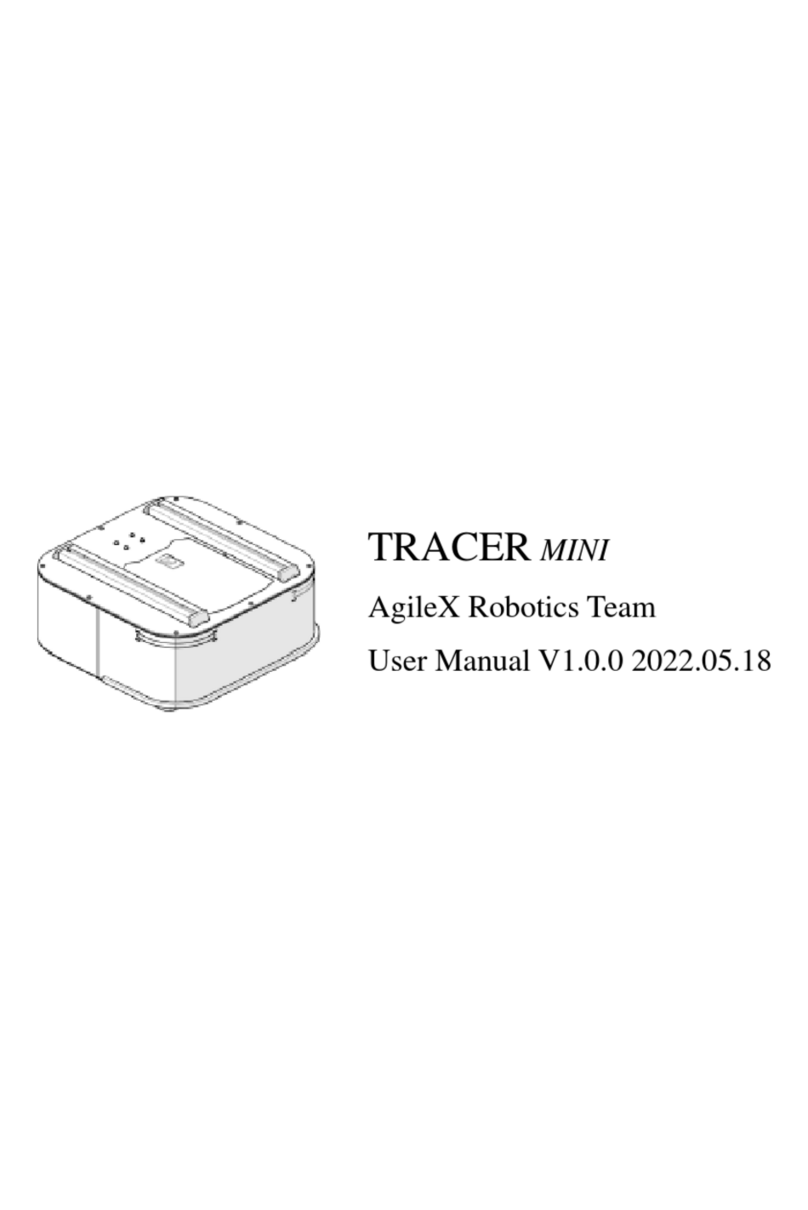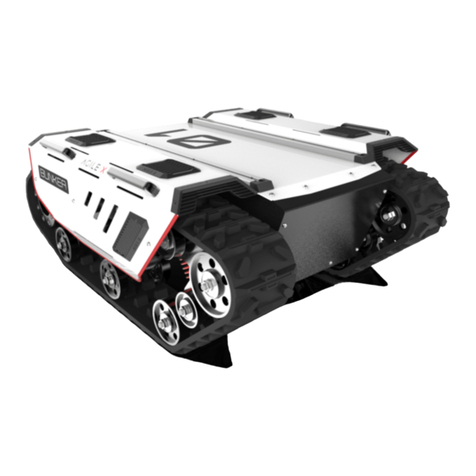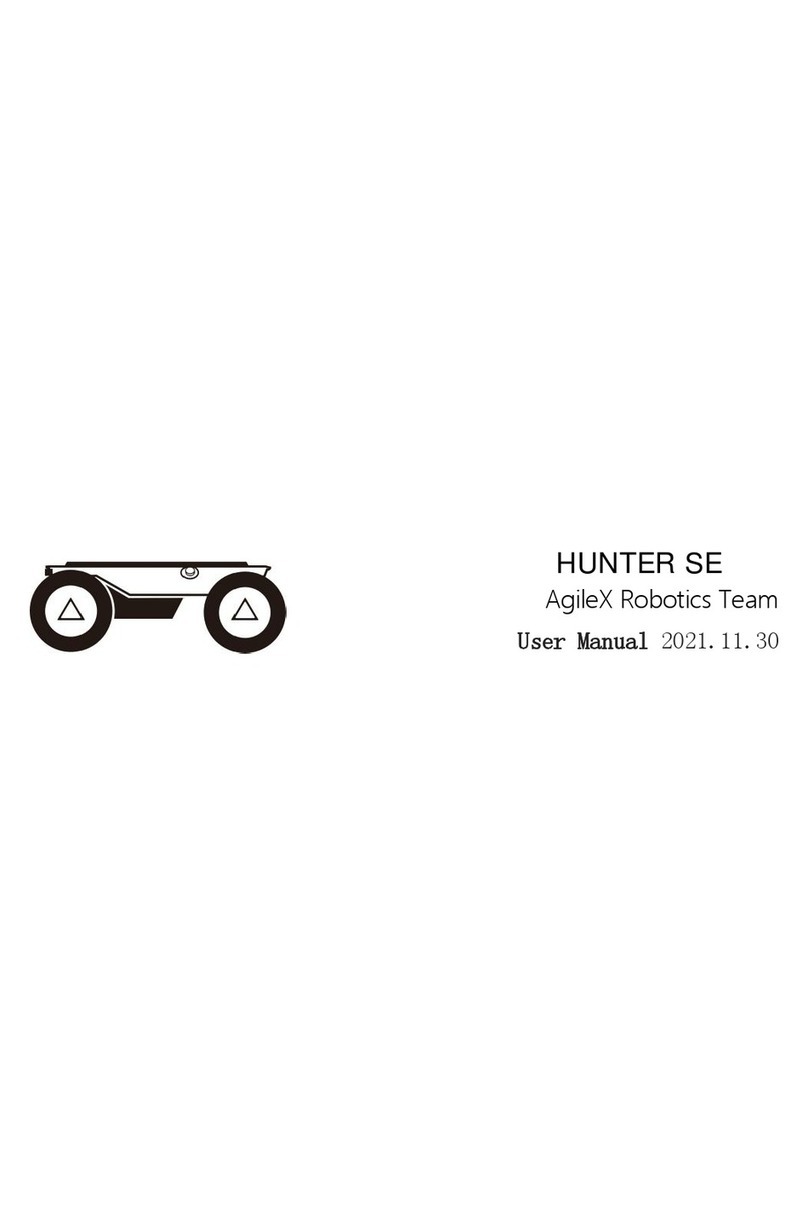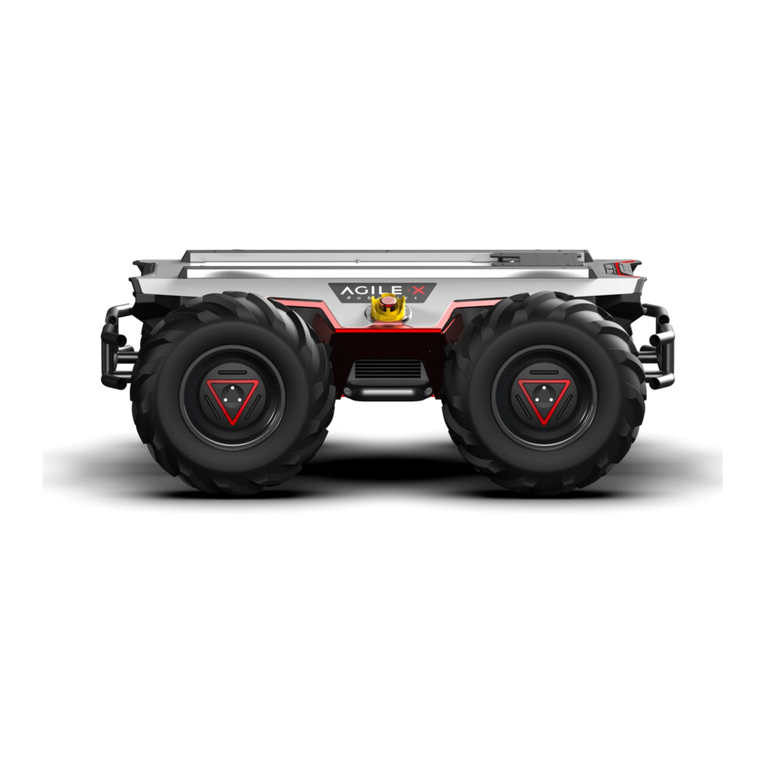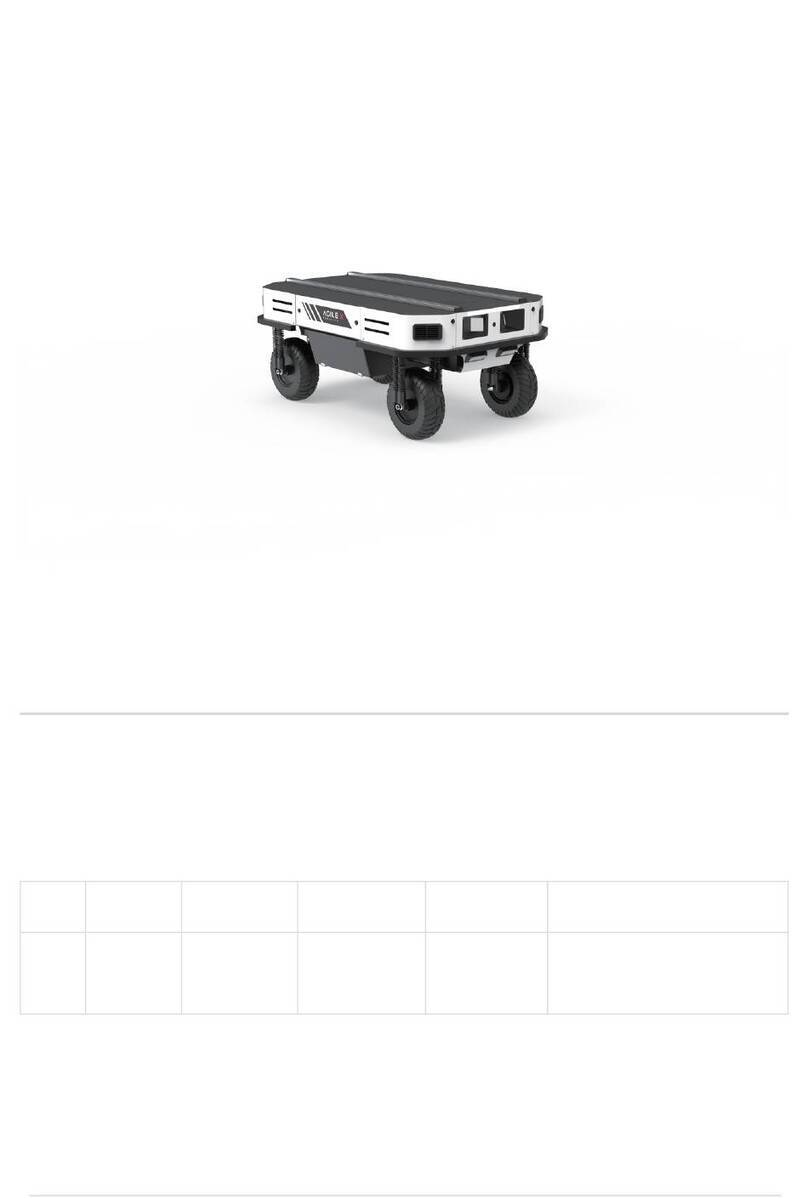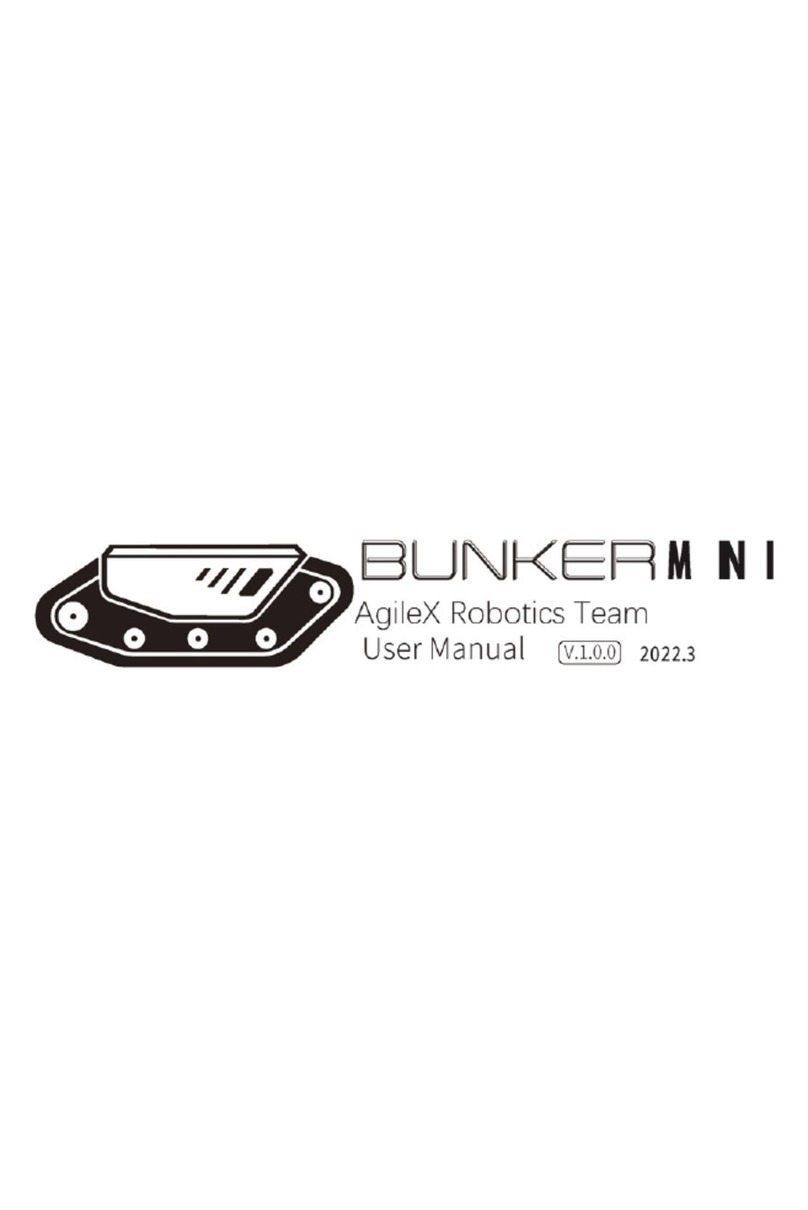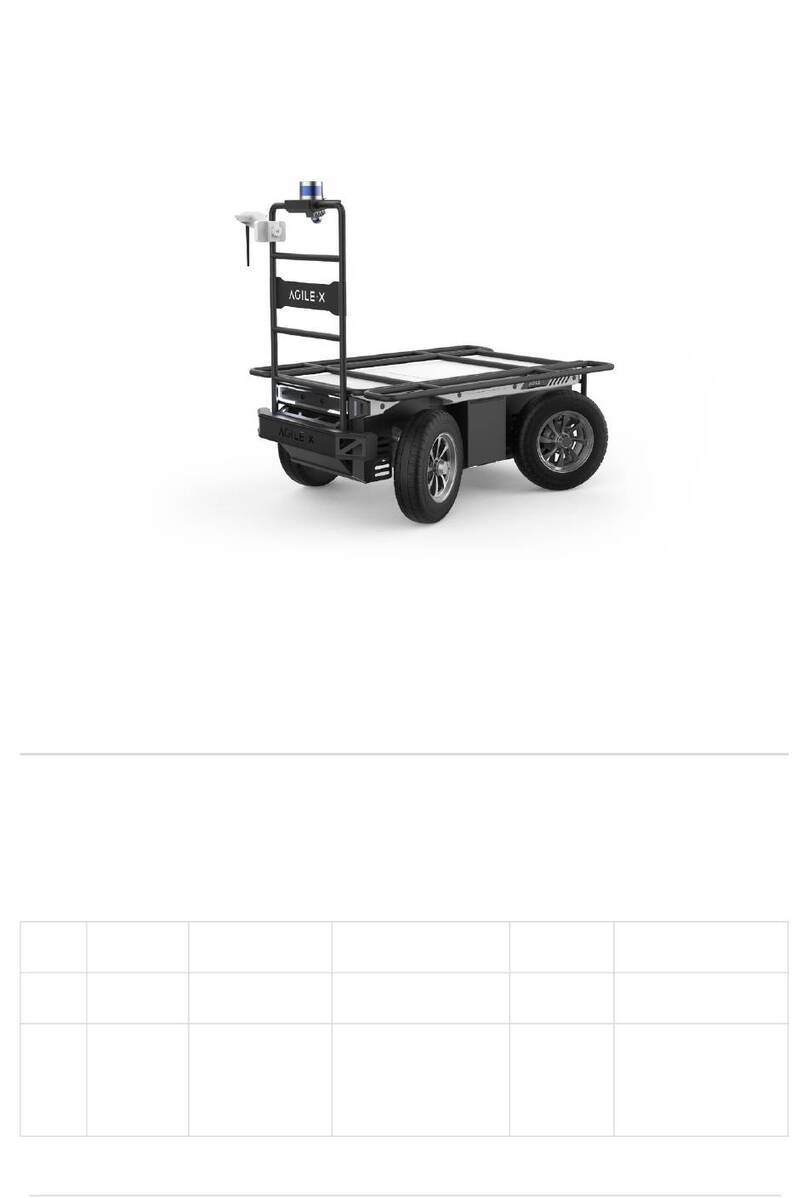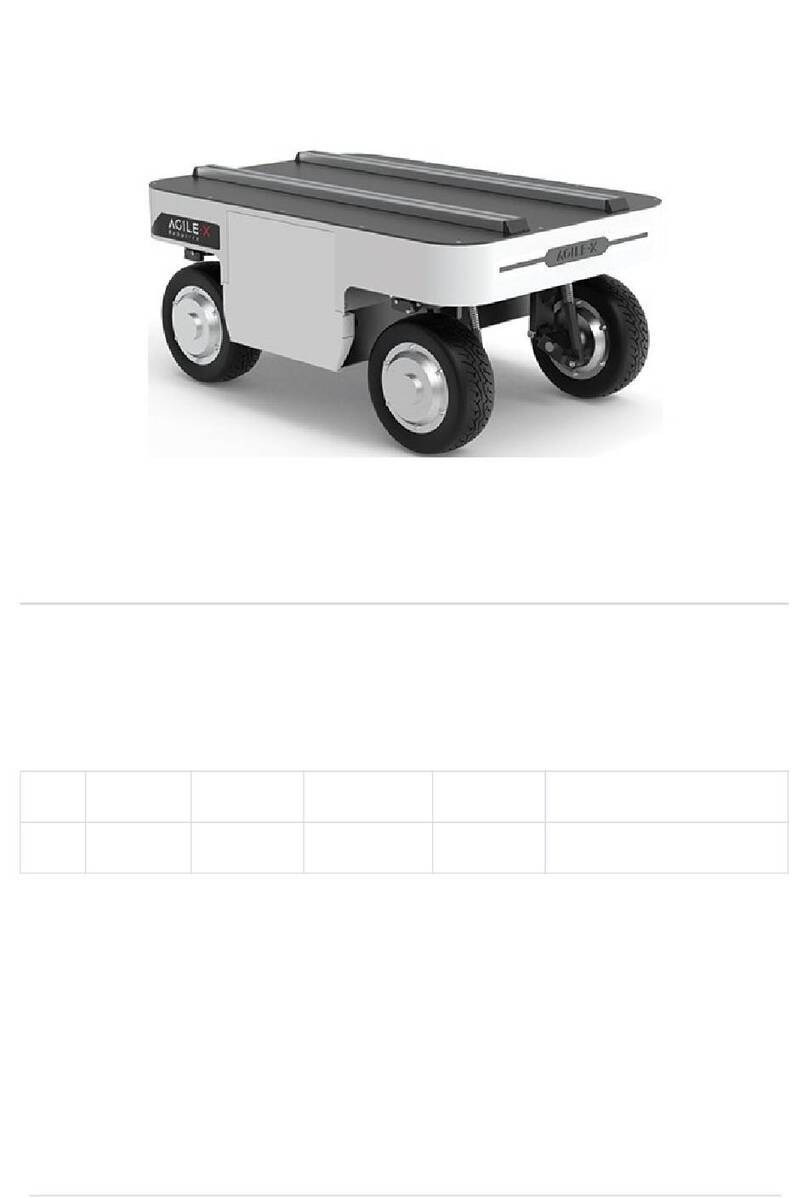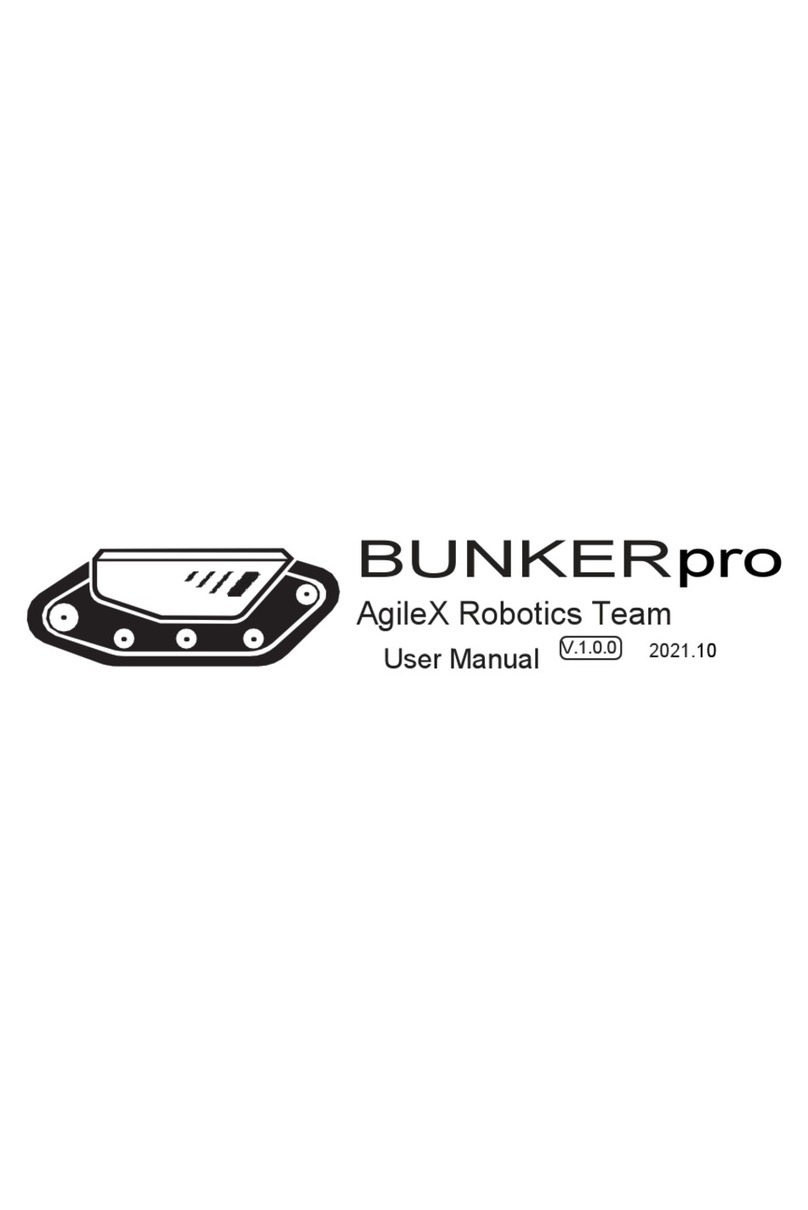CONTENTS
1. Introduction.......................................................................................................................................................... 3
1.1 Component list ........................................................................................................................................... 3
1.2 Tech specifications ..................................................................................................................................... 3
2. The Basics............................................................................................................................................................. 5
2.1 Status indication......................................................................................................................................... 6
2.2 Instructions on electrical interfaces ......................................................................................................... 6
2.2.1 Top electrical interface ................................................................................................................... 6
2.2.2 Rear electrical interface ................................................................................................................. 7
2.3 DJI Remote control instructions............................................................................................................... 8
2.3.1 DJI remote control instructions......................................................................错误!未定义书签。
2.3.3 FS_i6_S remote control instructions ............................................................................................. 8
2.3 Instructions on control demands and movements .................................................................................. 9
3. Getting Started................................................................................................................................................... 10
3.1 Use and operation .................................................................................................................................... 10
3.2 Charging................................................................................................................................................... 10
3.3 Communication using CAN .....................................................................................................................11
3.3.1 CAN message protocol...................................................................................................................11
3.3.2 CAN cable connection .................................................................................................................. 18
3.3.3 Implementation of CAN command control ................................................................................ 19
3.4 Firmware upgrades.................................................................................................................................. 19
4. Precautions ......................................................................................................................................................... 21
4.1 Battery ...................................................................................................................................................... 21
4.2 Operational environment........................................................................................................................ 21
4.3 Electrical/extension cords........................................................................................................................ 21
4.4 Mechanical load ....................................................................................................................................... 22
4.5 Other notes ............................................................................................................................................... 22
5. Q&A.................................................................................................................................................................... 23
6. Product Dimensions........................................................................................................................................... 24
6.1 Illustration diagram of product external dimensions........................................................................... 24
6.2 Illustration diagram of top extended support dimensions ................................................................... 25
